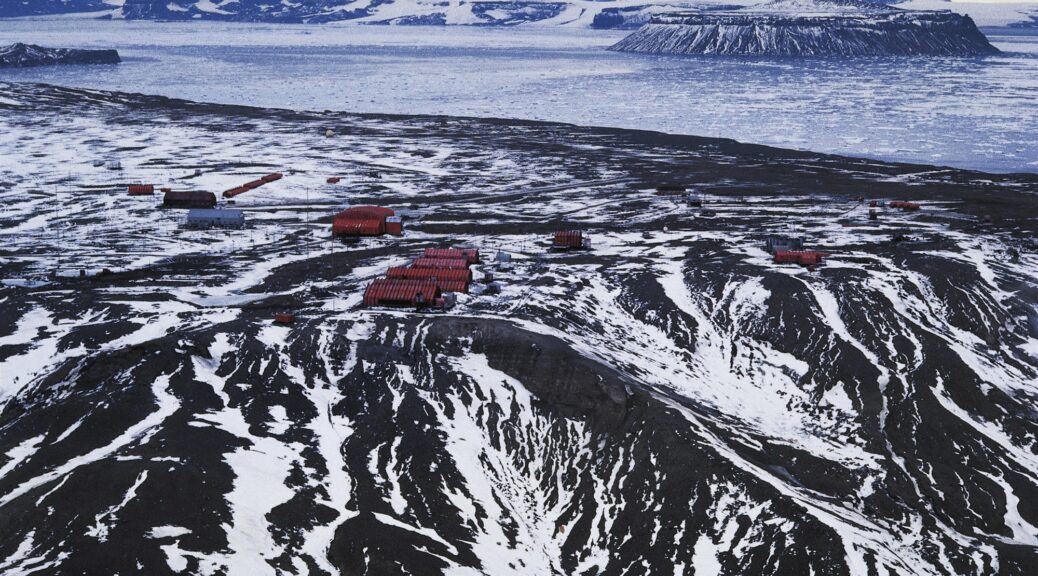Evidence of 90-million-year-old rainforest uncovered beneath the Antarctic ice
The well-preserved rainforest seeds, pollens and spores of 90 million year old (mid-cretaceous) rainforest plants in Western Antarctica have been discovered by an international team of paleontologists and geologists.

The mid-Cretaceous period (115 million to 80 million years ago) was the heyday of the dinosaurs but was also the warmest period in the past 140 million years, with temperatures in the tropics as high as 35 degrees Celsius and sea level 170 m higher than today.
However, little was known about the environment south of the Antarctic Circle at this time.
Professor Tina van of Flierdt, a professor at the Departments of Earth Science and Engineering at Imperial College London, said “The survival of this 90 million-year-old forest is remarkable but even more surprising is the world that it reveals.
“Even during months of darkness, swampy temperate rainforests were able to grow close to the South Pole, revealing an even warmer climate than we expected.”
The evidence for the Antarctic forest comes from a core of sediment drilled at the site of PS104_20-2 (73.57°S, 107.09°W; 946 m water depth) near the Pine Island and Thwaites glaciers in West Antarctica.
One section of the core, that would have originally been deposited on land, caught the scientists’ attention with its strange color.
“During the initial shipboard assessments, the unusual coloration of the sediment layer quickly caught our attention; it clearly differed from the layers above it,” said Dr. Johann Klages, a geologist at the Alfred Wegener Institute Helmholtz Centre for Polar and Marine Research.
The team CT-scanned the section of the core and discovered an intact 3-m-long network of fossil roots, which was so well preserved that they could make out individual cell structures.
The 90-million-year-old sample also contained countless traces of pollen and spores from plants, including the first remnants of flowering plants ever found at these high Antarctic latitudes.
“The numerous plant remains indicate that 93 to 83 million years ago the coast of West Antarctica was a swampy landscape in which temperate rainforests grew — similar to the forests that can still be found, say, on New Zealand’s South Island,” said Professor Ulrich Salzmann, a paleoecologist at Northumbria University.

To reconstruct the environment of this preserved forest, the researchers assessed the climatic conditions under which the plants’ modern descendants live, as well as analyzing temperature and precipitation indicators within the sample.
They found that the annual mean air temperature was around 12 degrees Celsius. Average summer temperatures were around 19 degrees Celsius; water temperatures in the rivers and swamps reached up to 20 degrees.
They conclude that 90 million years ago the Antarctic continent was covered with dense vegetation, there were no land-ice masses on the scale of an ice sheet in the South Pole region, and the carbon dioxide concentration in the atmosphere was far higher than previously assumed for the mid-Cretaceous period.
“Before our study, the general assumption was that the global carbon dioxide concentration in the Cretaceous was roughly 1,000 ppm,” Dr. Klages said.
“But in our model-based experiments, it took concentration levels of 1,120 to 1,680 ppm to reach the average temperatures back then in the Antarctic.”
